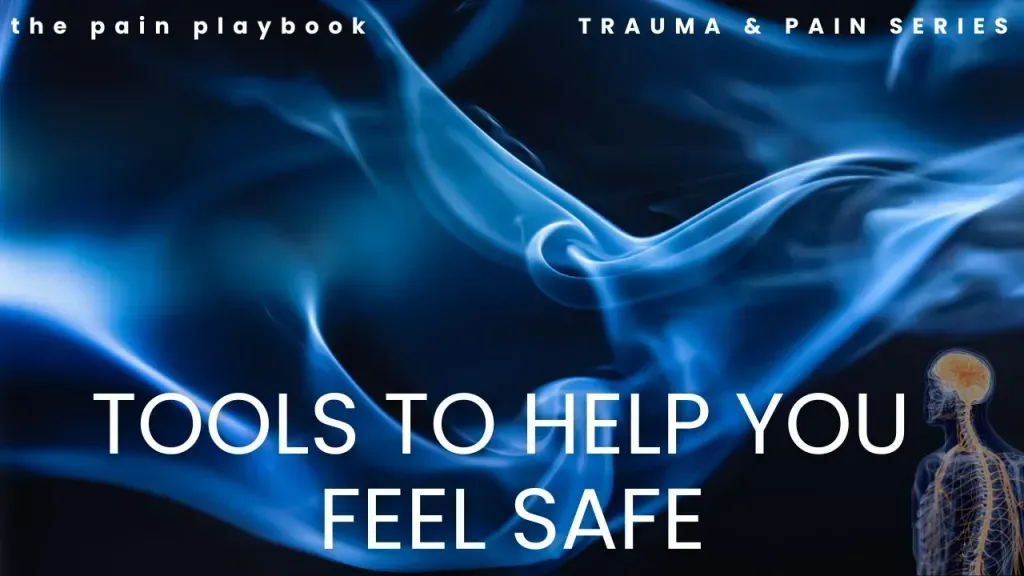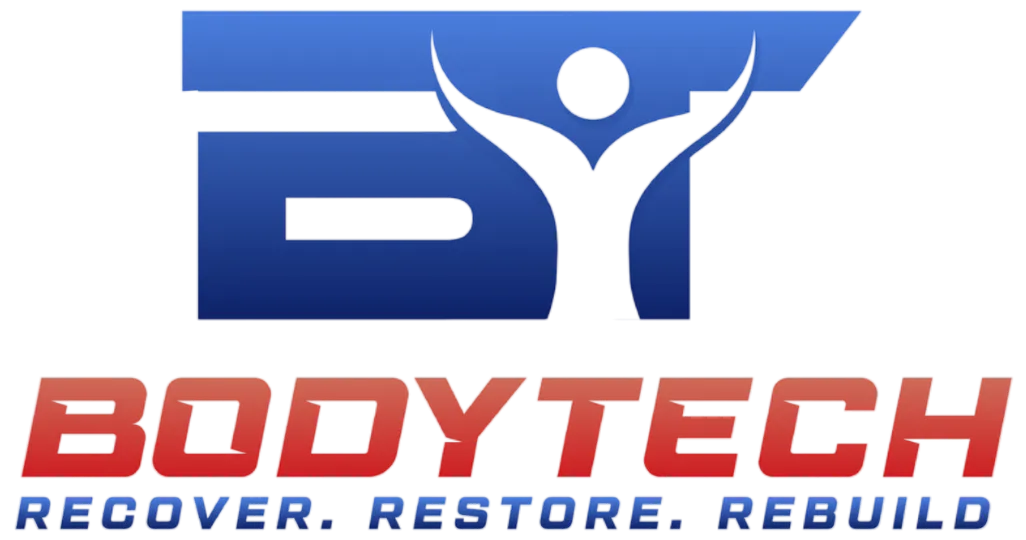The Pain Playbook Blog
Talking Everything Pain
Welcome to the conversation!
Building a community and sharing resources dealing with everything pain

Tools That Help Create Safety
Tools That Help: How to Create Safety and Shift Out of Pain
Trauma & Pain Blog Series – Part 4
Once we understand that trauma changes the nervous system, the question becomes: what can we do to help the body feel safe again?
Healing from trauma-informed pain isn’t about pushing harder. It’s about shifting your internal state from defense to recovery. From bracing to releasing.
From surviving to healing.
That shift is possible. And it starts with creating safety.
Creating Safety Isn’t Just About Feeling Calm
Creating safety is about teaching your nervous system that it no longer needs to protect you from invisible threats. That means using the body—not just the mind—to communicate that the danger has passed.
Here are a few body-based tools that can help:
Breathwork
Slow, deep breathing tells your system: it’s okay to downshift. Try box breathing (inhale 4 / hold 4 / exhale 4 / hold 4) to reset your baseline.
Rhythmic Movement
Walking, swaying, and rocking all help discharge stored tension and regulate your system. Movement that’s repetitive and soothing is especially powerful for trauma recovery.
Grounding with the Senses
Trauma pulls us into the past. Grounding brings us back to now. Try this.
Name:
5 things you can see
4 things you can touch
3 things you can hear
2 things you can smell
1 thing you can taste
Therapeutic Touch
At BodyTech, we use touch not just to relieve tension, but also to help your system feel safe. When done right, manual therapy calms the brain-body connection and allows deeper recovery to happen.
Coaching for Nervous System Regulation
Our coaching work is built around nervous system education, movement, and real-time support. We help clients notice their patterns and introduce new inputs that encourage safety, mobility, and confidence.
These tools don’t erase trauma. They help your system build a new pattern where safety becomes the norm, not the exception.
Your body has the capacity to heal. It just needs the right signals.
Next Up:
Part 5: You Are Not Broken: Final Thoughts on Trauma, Pain, and Recovery

Tools That Help Create Safety
Tools That Help: How to Create Safety and Shift Out of Pain
Trauma & Pain Blog Series – Part 4
Once we understand that trauma changes the nervous system, the question becomes: what can we do to help the body feel safe again?
Healing from trauma-informed pain isn’t about pushing harder. It’s about shifting your internal state from defense to recovery. From bracing to releasing.
From surviving to healing.
That shift is possible. And it starts with creating safety.
Creating Safety Isn’t Just About Feeling Calm
Creating safety is about teaching your nervous system that it no longer needs to protect you from invisible threats. That means using the body—not just the mind—to communicate that the danger has passed.
Here are a few body-based tools that can help:
Breathwork
Slow, deep breathing tells your system: it’s okay to downshift. Try box breathing (inhale 4 / hold 4 / exhale 4 / hold 4) to reset your baseline.
Rhythmic Movement
Walking, swaying, and rocking all help discharge stored tension and regulate your system. Movement that’s repetitive and soothing is especially powerful for trauma recovery.
Grounding with the Senses
Trauma pulls us into the past. Grounding brings us back to now. Try this.
Name:
5 things you can see
4 things you can touch
3 things you can hear
2 things you can smell
1 thing you can taste
Therapeutic Touch
At BodyTech, we use touch not just to relieve tension, but also to help your system feel safe. When done right, manual therapy calms the brain-body connection and allows deeper recovery to happen.
Coaching for Nervous System Regulation
Our coaching work is built around nervous system education, movement, and real-time support. We help clients notice their patterns and introduce new inputs that encourage safety, mobility, and confidence.
These tools don’t erase trauma. They help your system build a new pattern where safety becomes the norm, not the exception.
Your body has the capacity to heal. It just needs the right signals.
Next Up:
Part 5: You Are Not Broken: Final Thoughts on Trauma, Pain, and Recovery



